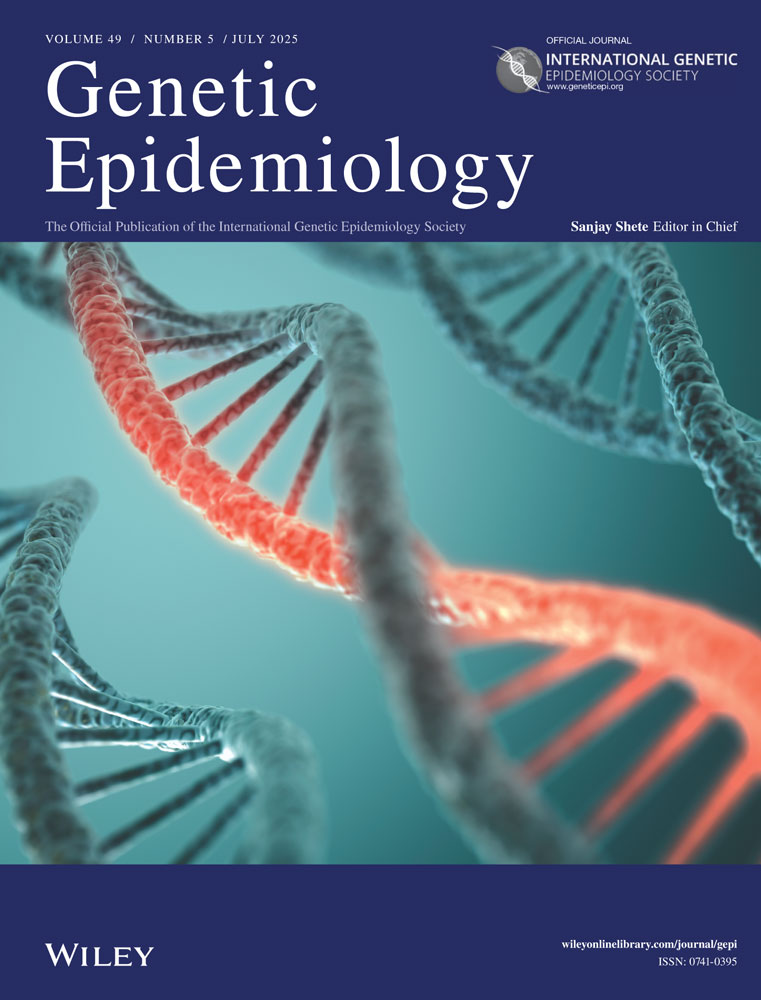The impact of some parameters on linkage analysis of Alzheimer's disease
Abstract
The two-point lod score linkage analysis of familial Alzheimer's disease is sensitive to the parameters of age-dependent penetrance rate, phenocopy rate, heterogeneity, and marker gene frequency. If unsuitable parameters are used, it may lead to false negative evidence against linkage. However, it is clear that, in some cases, it may lead to false positive evidence of linkage. © 1993 Wiley-Liss, Inc.




